How To Get The Japan Pension Lump Sum Withdrawal – that will be the topic of today’s article.
Before introducing this article, if you are interested in our core services which are expat financial, insurance and mortgages, you can contact me here.
The best time to consider your financial situation is when you are moving to a new country.
Introduction
Japan is known as a country with bullet trains, litter-free streets, amazing cuisine, and some of the cleanest towns in the world. This nation is a beautiful place to reside, both to live or for visitation. In addition to its landscape, the benefits of living in Japan as an expat cannot be overemphasized.
Have you ever dreamed of retiring in Japan? With plenty of good food, and many outdoor things to explore in Japan, this country might be the perfect destination for you. But before you pack your belongings, there are many things you need to consider. Do you want to live in this country for a long?

If that sounds like a YES, worry less. Despite the idea being around for decades, Japan has been rapidly gaining attention around the world. However, the country is a little behind when it comes to offering a retirement-specific visa. On the other hand, it is known as one of the most economically and technologically advanced countries in the world.
Have you been surfing the internet to get different information about retirement in Japan? Look no further as we’ve got you covered. While planning your retirement, it’s essential to know the tips to retire in this country. Aside from that, you should know what you’ll get in return after retirement here.
In this article, we will walk you through how to get the Japan pension lump sum withdrawal. Not only that, but we’ll explain the types of visas in Japan and many other things, to mention a few. Would you love to know how you can retire in this country? If that sounds like a yes, continue reading for more.
How to Retire in Japan as an Expat
Retirement in Japan is quite easy compared to other countries you might think of. Of course, the why for retirement in this country is quite clear? And this is solely because; the country has friendly locals, a first-world economy, home to world-famous food, beautiful landscape, and many others, to mention a few.
On the flip side, the how of retiring in Japan is where things could get a little difficult. Unlike many Europeans, and Central/South American countries, Japan is a little behind the curve when it comes to offering a retirement-specific visa. Without further ado, let’s quickly walk you through the process in Japan.

Retiring in Japan through Work Visa
Before we explain the Japan pension lump sum withdrawal, it’s highly important that we walk you through the ways to retire in the country. The overwhelming majority of foreign residents in Japan are doing so under a work visa.
As research disclosed, there are nearly two-dozen categories to apply for a work visa. In this country, each has its own set of qualifications. But, we’re sure you want to avoid working, right? Of course, that’s why a lot of expat would love to consider other options to avoid working in their home country.
Marriage Visa in Japan
From our research, the largest proportion of foreign retirees in Japan are living under marriage or spousal visas. This type of visa application is obtained by marrying a Japanese citizen or permanent resident holder. So, if your spouse happens to be a Japanese national, you’re in luck. And this could be your easiest and quickest option for comfortable retiring abroad in Japan.
If not, the only other plan is the lengthy stay option available for expats. Meanwhile, if you have living parents or children in Japan who are permanent residence holders or citizens, this can also be an option for Japanese retirement, as they can qualify you for a family visa.
Long-Stay Retirement in Japan
If you’ve tried the family, marriage, or work visa in Japan, and it doesn’t work out, the best option is to try the long-stay visa type for expats wanting to relocate to Japan. Well, the non-working (long-stay) kind of visa for expat is granted to foreign nationals for non-working purposes in the country.
In addition, the long-stay kind of visa is usually granted for students, business trainees, interns, and many others, but approved expats that’s in the country/retirement endeavors can also be given this kind of visa. Meanwhile, the drawback of this is that you’ll have to re-apply yearly for this type of visa.
Healthcare System in Japan (2021 Update)
Undoubtedly, Japan is one of the most technologically and economically advanced countries in the world; as such, the healthcare system is of the highest standards and on par with any first-world nation. Furthermore, there are two major health insurance programs in Japan;
The National Health Insurance (NHI) and the Employee Health Insurance (EHI). Anyone living in this country for more than one year needs to subscribe to one of these two options, even if they also pay for private care. Meanwhile, the National Health Insurance is offered to everyone, and it’s usually chosen by those whose employment doesn’t provide its own coverage (EHI).
Cost of Living in Japan (2021 Update)
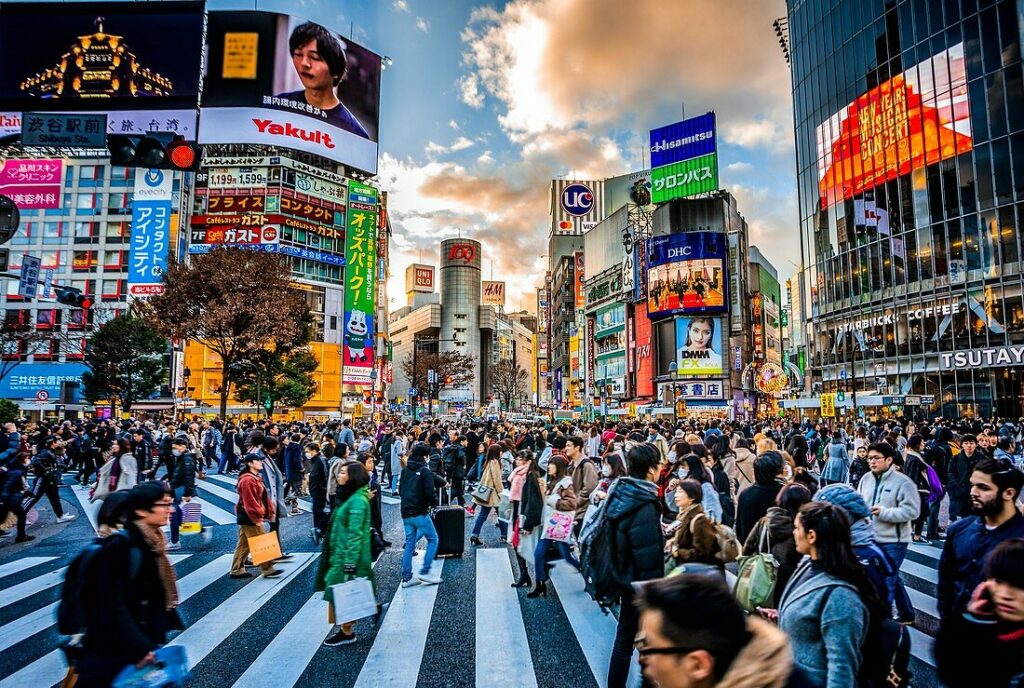
Japan is known as being an expensive nation, and while living in the city capital certainly isn’t cheap, there are pockets of the country that can provide a reasonable lifestyle for expats. The cost aggregator, Numbeo, states that the average cost in Japan is even higher than in the United States when it comes to consumer and grocery prices.
In addition, Japan is one of the most beautiful countries in the world. And with this fact, coupled with a progressive economy and a culture that could fill a lifetime with excitement, it’s quite easy to see why so many people would love to make Japan their new home of residence. Do you understand the concept?
Well, while working in this country as an expat, you’ll have access to many things, including different outdoor activities and many others. In fact, there are still plausible avenues for anyone who has their heart set on retiring abroad in the country. Now, let’s proceed to the main topic of the day.
Getting Japan Pension Withdrawal Lump-Sum Payment
Getting this kind of visa might be quite daunting. But if you truly want to claim the lump-sum payment, you need to pay into a pension scheme as required for everyone living and to work in the country over the age of 20. More so, if you’re planning on leaving Japan permanently, you have two options regarding your pension.
Totalization Option in Japan
With the totalization option, you can get the pension withdrawal lump-sum payment. Also, you can get the pension premiums you paid into the pension scheme in Japan for the last five years reimbursed after leaving the country.
Therefore, if you use this option, you’ll no longer be able to regain the pension enrolment period earned in the country before the payment, even if you plan to receive pension benefits in Japan in the future. So, if you’re interested in receiving a lump-sum payment, the detailed procedures are available below.
Check Out the Following Criteria to Be Eligible
- Ensure you do not possess Japanese citizenship
- You must have de-registered the residency in Japan
- Ensure you might have paid pension premiums for six months or more but should be less than ten years
- Ensure you’re not having qualified for pension benefits, including Disability allowance
- You must have applied for the pension withdrawal payment within two years from the day your residency got de-registered
Essential Documents You Must Have
- Photocopy of your passport, including your birth certificate
- Documents issued by the bank including the name of the bank, name, and address of the bank branch, your account number, information to show the account holder is the claimant, and your IBAN or SWIFT/BIC code
- Copy of a document indicating your Basic Pension Number
- You must display a copy of a deleted residence record (revision history of a residence record) or a document that shows the Resident Register Code
- Ensure you visit the municipal office about two weeks prior to your departure to submit a moveout notice to get your residency de-registered
- After submitting the moveout notice, apply for a residence certificate with your previous unique resident register code
What to Do Before Leaving Japan
- Ensure you visit the private school mutual aid website and download the application form. After doing this, you may need to check your eligibility, call PSMA and provide them with your date of birth, the departure date from Japan, and your PSMA membership number written on your health insurance card
- Make sure you submit a moving-out notification to your municipal office about two weeks prior to the day you plan to move out
- Right after submitting the moveout notice, ensure you ask for a residence certificate with a unique resident register code
What to Do After Leaving Japan
- You must fill out the form and mail them to PSMA and the Japanese Social Insurance Agency for employees if you were working in Japan before 2011 and include all your essential documents
- Make sure you wait for at least 80 percent of your refund. Afterward, notification of lump sum withdrawal payment confirmation will pop up. This way, it will arrive at your address in your home country as a receipt for the payment. Meanwhile, you’ll need to keep this form for your record.

Optional Ways to Claim the Refund
- The first thing is to find someone to be your tax representative. During this process, always note that OIST will NOT act as your tax representative. Besides, the representative must be a Japanese national or a non-Japanese with a valid residence card with high-level of Japanese language skill
- Go to your local tax office and get the Nozei Kanrinrin no Todokesho representative declaration form or download it from a reliable source.
- Ensure you fill out two copies of the form with your tax representative and submit it to your local tax office; one to turn in, the other for your tax representative to keep
- After leaving Japan, you may need to send the original Lump Sum withdrawal payment confirmation notice to whomever you designated as your tax representative
- Make sure you instruct your tax representative to have your remaining 20 percent deposited into his/her account, which must be deposited into a Japanese bank account. Afterward, your tax representative will transfer the amount to either through whichever remittance method you choose.
8 Epic Outdoor Adventures to Know in Japan
If I may ask, why exactly do you wish to relocate from Japan? Have you ever tried visiting the eight epic outdoor activities? If that sounds like a NO, kindly check the list to know what you’ve been missing in this wonderful nation. In this section, we will walk you through the eight epics to see. Check it out below.
1. Floating Through Takachiho Gorge in Japan
This is one of the first things to explore in this country. Gliding across the emerald waters of Takachiho George in Miyazaki, it’s quite easy to imagine that you’ve stumbled on the inspiration for most of Hollywood’s fairy-tale, CGI- animated landscapes.
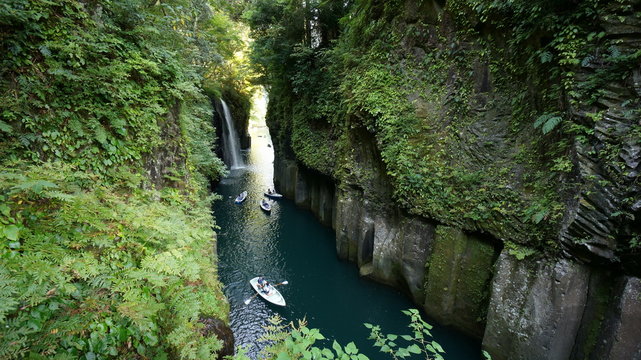
Aside from that, basalt columns said to be reminiscent of dragon-scaled skin stand tall, creating an Avatar-like scene- complete with the requisite gushing waterfall spilling into the calm waters of the Gokase River.
2. Exploring Climbing Mt. Fuji

Summitting Mt. Fuji is quite possibly the pinnacle of Japan’s outdoor experiences. Here, you’ll have a fulfilling experience and also challenging climbers with rocky paths, substantial elevation, and fickle weather, the 12,388- foot landmark provides an opportunity to test not only hiking prowess but also true climber camaraderie.
3. Swimming with Manta Rays off Ishigaki in Japan

This is another place to explore if you want to enjoy your stay in Japan. The Yaeyama Island, the tropical isles of Japan south of Okinawa, is home to abundant sea life and attracts divers, swimmers, and snorkelers to their underwater wonder world. Moreover, with only five boats at a time permitted in the most popular spots, divers can swim alongside the local inhabitants without fear of crowding them.
4. Ice Fishing and Camping in Hokkaido in Japan
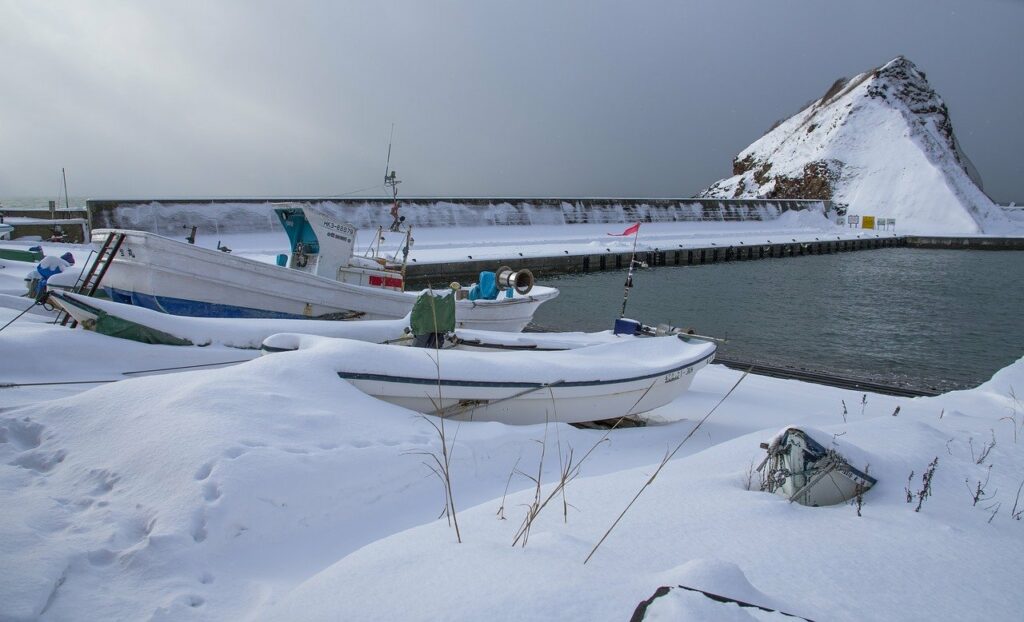
This is another place to visit in the country. If you’d love to explore different outdoor activities, ice fishing is a seasonal highlight on the northern island of Hokkaido. Known for snow festivals and skiing, the island also has rivers that freeze over for almost half the year, allowing locals to turn to a relaxing pastime. Dipping bait through carefully drilled holes in the frozen surface, the dedicated can catch enough small wakasagi for a simple grilled lunch.
5. Paddleboarding and Canyoning in Okutama
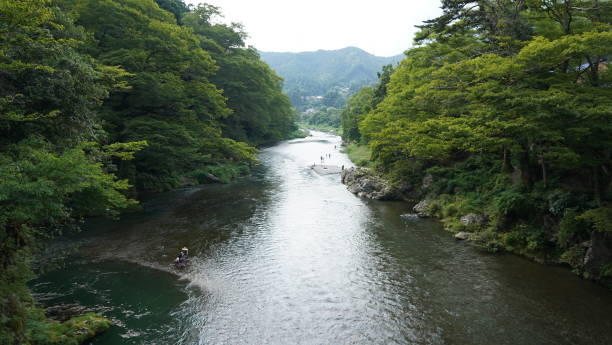
Technically in Tokyo but a far cry from the neon streets of the capital, Okutama is a western suburb and forest town where the list of things to do reads more like that of a national park. On the other hand, you can climb mountains, navigate lakes and rivers, and wander through caves.
The clear Tamagawa River is lined with rapids and sleek limestone, combining to create some epic canyoning options. Alternatively, paddleboards and kayaks offer an opportunity to take in the scenery at a more relaxed pace. On the other hand, the river opens up in the Mitake-Keikoku valley for some pretty epic views.
6. Oirase National Park
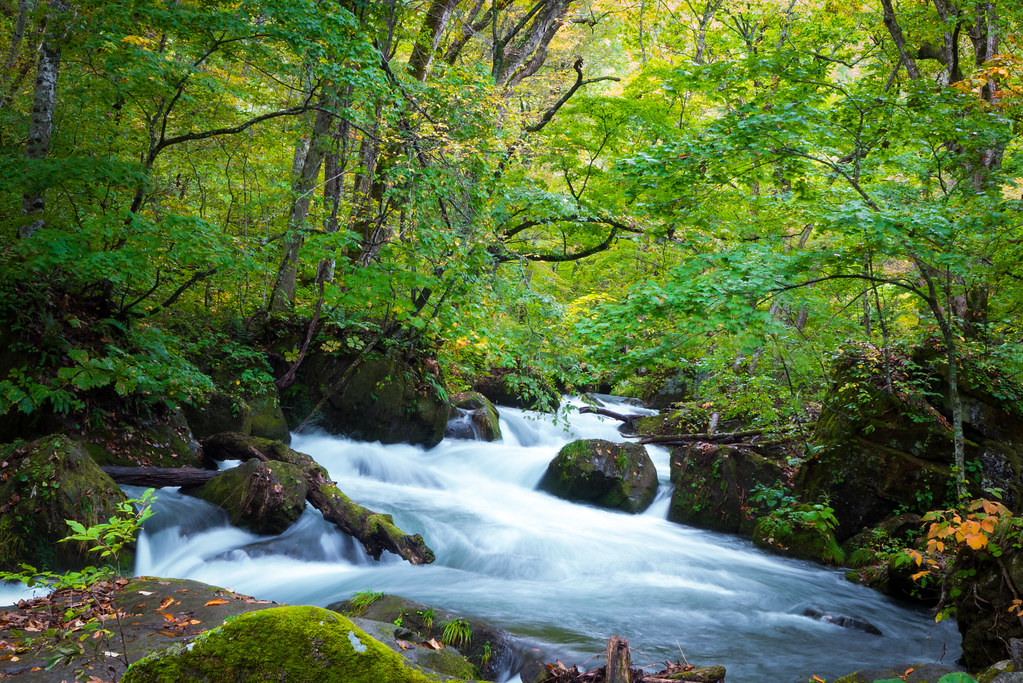
As an expat, you can hike and cycle through the Oirase National Park. This is a picturesque mountain stream in Aomori, stretching 14 km from Nenokuchi on Lake Towada to Yakiyaha. Numerous waterfalls dot the river through the magnificent forest.
On the other hand, you can enjoy both hiking and cycling here. There are several trails for hikers, while bike rental service is available in three spots throughout the park from April to November.
7. Have an Adventurous Summer Experience
This is an incredible place to have a nice time with your family and friends. Here, it’s incredible to find such nature despite its proximity to Tokyo. Okutama is approximately one hour by car from Tokyo. And because the Tama River has a relatively gentle flow, you can enjoy a single-seat raft. At the same time, Canyoning tours offer an admirable hike down through forested canyons with some small waterfalls.
8. Enjoining Summer Activities at the Mountains in Hakuba

Hakuba, a well-known ski resort in Nagano, is heaven for outdoor sports lovers in the non-winter seasons, too. Additionally to trekking through the surrounding mountains, you can also enjoy canyoning, kayaking, mountain biking, and many others, to mention a few here; you can rent gear or join a guided tour. Besides, no experience is required to enjoy the magnificent beauty of nature.
Interesting Facts about Living in Japan Today

- As of today, the Japanese language orders words differently than we do in English. Instead of ordering sentences by subject, Japanese uses the subject-object verb in their sentence
- It’s no doubt that Japan consists of 6,852 islands. These Islands were originally attached to the eastern coast of Asia until tectonic activity caused them to split off, creating the sea of Japan around 15 million years ago
- Over a thousand tame sika deer roam the streets. And once considered heavenly creatures, the deer are now classified as a national treasure and can be bowing to tourists in exchange for crackers that are sold on-site.
- From the 12th century to the demise of feudalism, the samurai were a powerful warrior class in Japan. A Samurai essentially had a license to kill, with authority to strike down any commoner who compromised their honor. Meanwhile, Ritual suicide was a respected practice for a samurai who brought dishonor to his lord.
- The Bow is an important form of greeting in Japan, and Japanese people work hard to perfect it. Also, the depth of the bow is significant as lower bows indicate more respect
- Geisha, known for their elaborate hairstyles and white makeup in the country, has been entertaining in Japan since the 18th century. The white powder covers most of the geisha’s face and neck, though unpainted spaces creating a W shape is usually left on the neck, which is considered alluring
- Since its inception, traditional Japanese rooms have been tiled with Tatami or mats made with rice straw. A mat’s length is always twice its width, and its size is standardized depending on the region. For that reason, room size is often indicated by the number of mats needed to cover the space
Frequently Asked Questions about Japan Pension Lump Sum
What’s the duration of a lump-sum pension?
If we get your question right, you mean how long does it take to get a lump sum pension in Japan? Of course, it will take 2-6 months after you submit your original copy of ‘Notice on Payment of the Lump-sum withdrawal payment’ to the Japanese tax office.
What happens if I don’t pay a Japanese pension?
Generally speaking, the Japan Pension Service will demand up to two years of arrears from people. Therefore, in theory, no matter how long you’ve evaded paying pension contributions, they will meet most demand in back-payment, which is around 392,160 Japanese yen.
Does Japan give pensions to locals or foreigners?
The National Pension is a public pension system participated by all persons aged 20 to 59 years who have an address in Japan, which provides benefits called the Basic Pension due to old age, death, disability, and many others, to mention a few. So, be rest assured and have it in mind that the National Pension gives pensions to qualified people.
What is the retirement age in Japan?
Well, without disturbing yourself much, Japanese citizens are allowed to draw their pension at the age of 62, and this figure is set to rise to 65 years old by 2025. However, most men often work until they’re 70.8, and women until the age of 69.1
What is Japan’s biggest problem?
One of the questions that have gained people’s attention in the past is that; what’s Japan’s biggest problem? Well, the answer is quite simple. And this is because; Japan suffers from too much competition. Deflation, low profitability, poor investment returns, falling tax revenues, subpar foreign direct investment, and many others are the problem the country is facing today.
Conclusion
If you wish to claim a pension lump sum withdrawal fund in Japan, you need to go through the information in this article again. The process might be challenging if you refuse to follow the right path. Also, before leaving Japan, you should apply for this lump-sum withdrawal so that you can get it quickly. Nonetheless, follow this platform for more information about living in Japan and many others.


